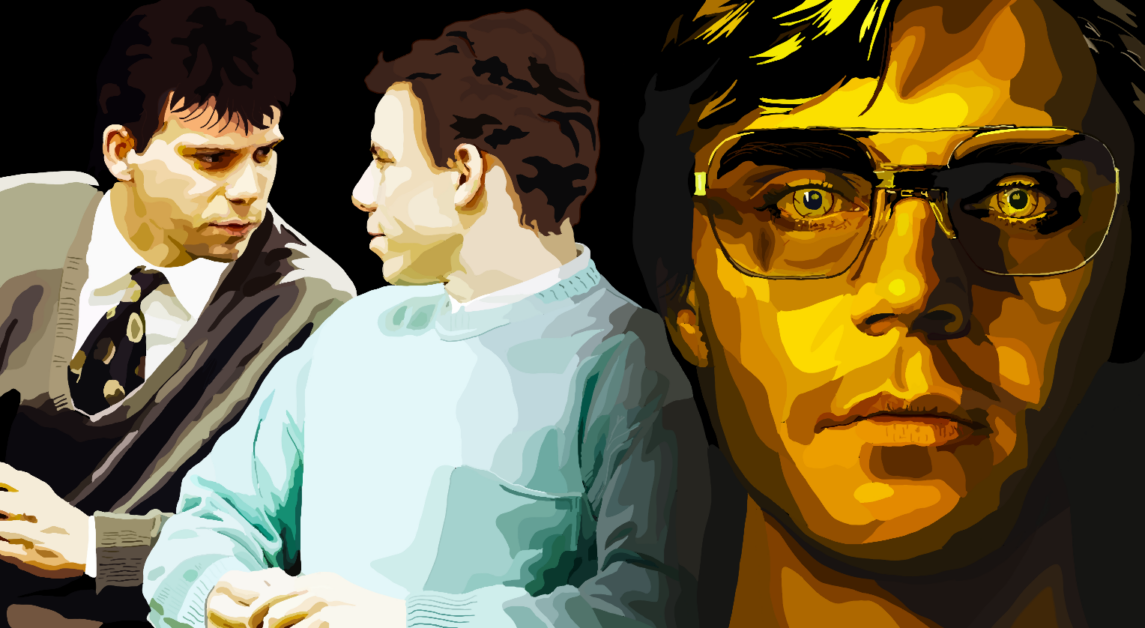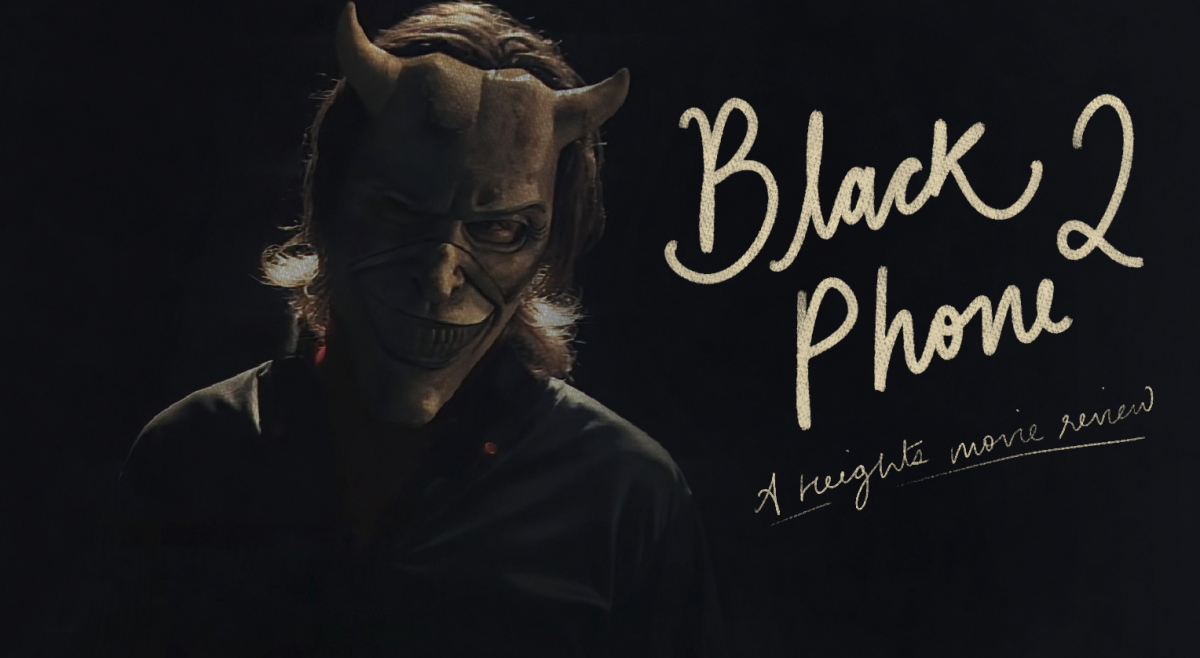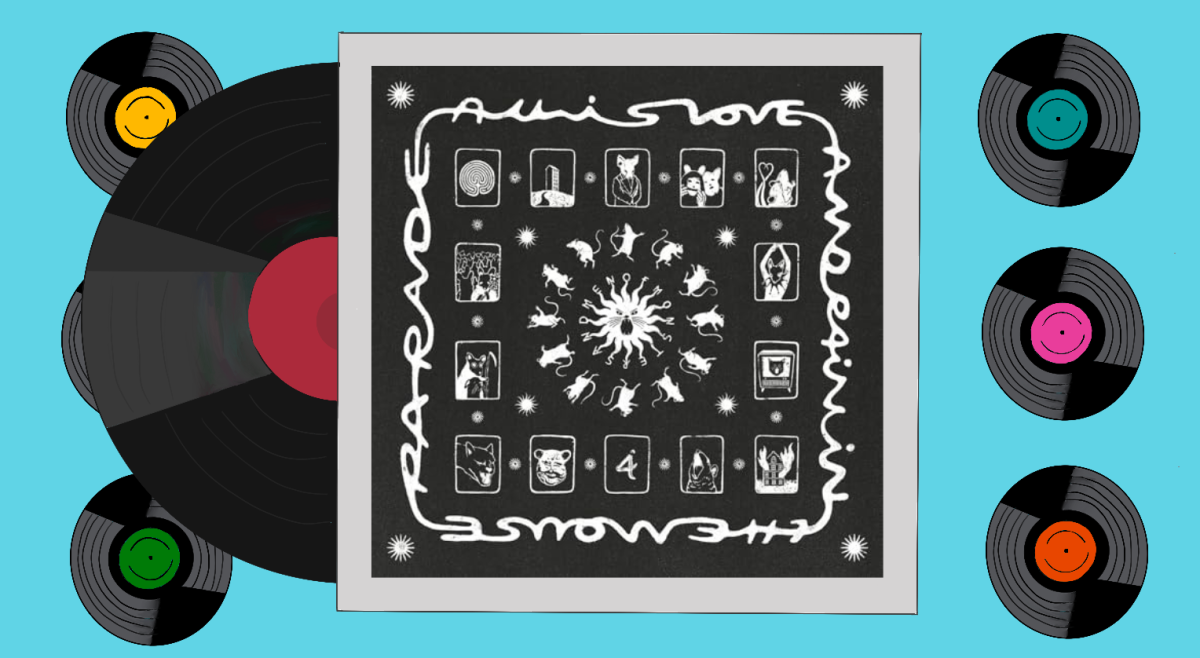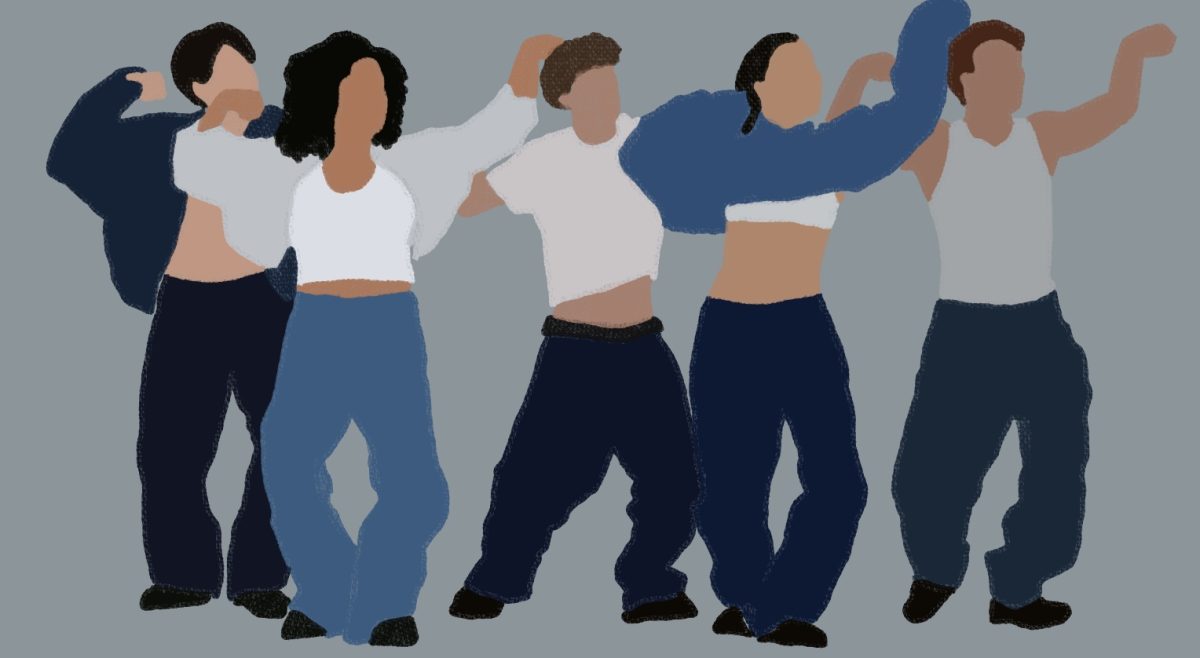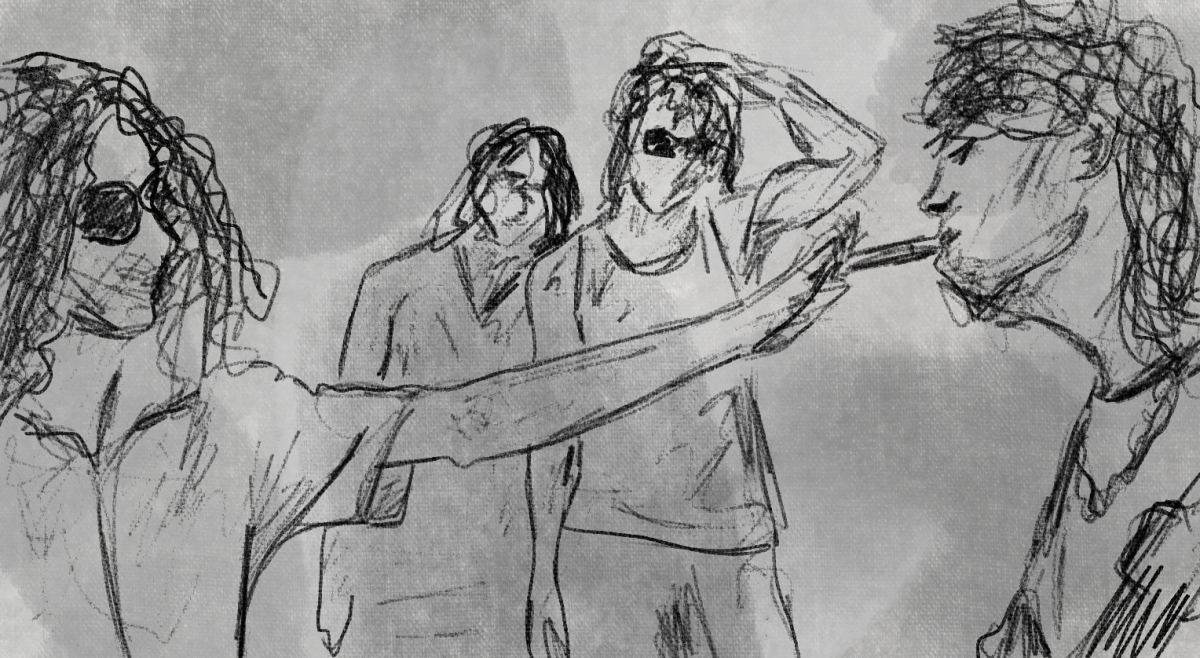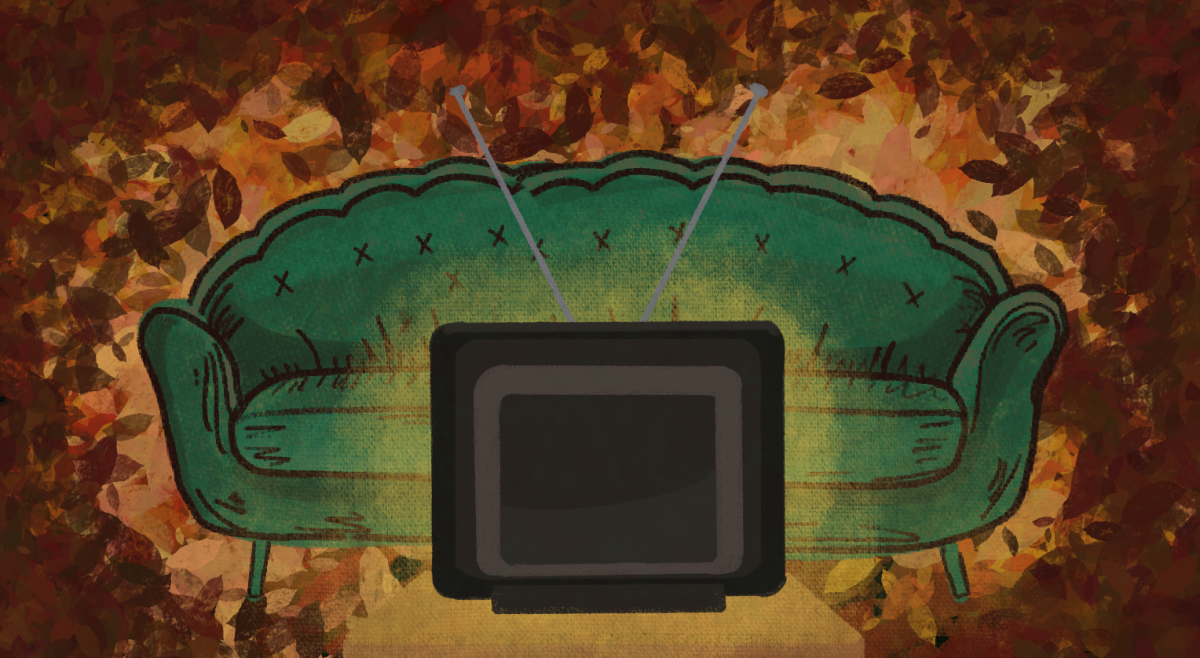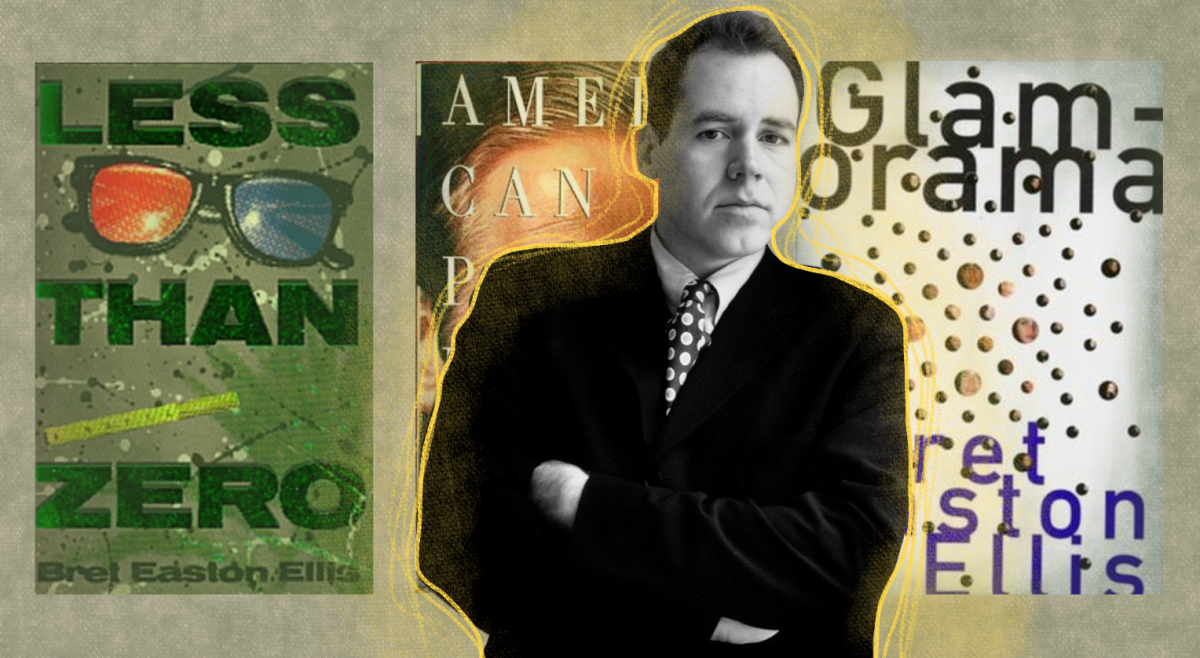The Monsters anthology on Netflix is Hollywood’s depiction of American murder cases.
Exploring the complexity and convulsion of infamous American murder cases, the Monsters collection retells the perplexing stories of some of the most renowned convicted murderers: Jeffrey Dahmer and the Menendez brothers.
Though true-crime shows are “in-trend” right now, how did the Monsters collection go so wrong?
Since its release in 2022, Monster: The Jeffrey Dahmer Story, faced backlash and criticisms for its portrayal of the victims’ killing.
The mother of Tony Hughes, one of Dahmer’s victims who was kidnapped and murdered, Shirley Hughes, spoke out against the biographical series’ misrepresentation of her son’s relationship with the murderer.
“[It is] a shame that people can take our tragedy and make money,” she said.
In defiance of Hughes’ claim against Hollywood’s take on tragedies, creator Ryan Murphy continued the Monster collection, targeting another controversial murder case.
In 1989, a gruesome killing of a successful businessman and his wife took place in the Menendez brothers’ home, causing a ruckus in the opulent Beverly Hills neighborhood.
After finding their parents, José and Mary Louise “Kitty” Menendez, in a horrific state in their living room, the two sons, Lyle and Erik Menendez, inherited their parents’ home, wealth, and status.
But through Erik’s confession to their therapist, Jerome Oziel, and Oziel’s complicated affair with Judalon Smyth, the confession was reported to the police.
Murphy presents the record of the murder and the aftermath in an orderly documentation—the details, however, of Lyle and Erik’s situation with their father and their relationship is what went wrong.
The unnecessary incestuous relationship scenes and the lack of information of José’s extensive abuse establishes an unfair view of the case. Murphy fictionalizes the brothers’ history and case with satirical dialogue and humorous interpretations, creating a piece of entertainment rather than accurately representing the case.
Hollywood continues to dismiss the facts and blur the line between dramatization and reality when making biopics or bio-series. The priority lies in the mass media’s reaction rather than the subject’s themselves.
After watching the show, Lyle criticized Monster’s portrayal of him and his brother, claiming that “blatant lies [are] rampant in the show.”
Still, why does Murphy fearlessly return to direct another series concerning such controversial stories?
Murphy’s decision to dip his toes in such sensitive content, like the Menendez case, is based on the film’s display of a range of narratives.
One of the episodes, “The Hurt Man,” is a 36-minute monologue of Erik’s disclosure about his trauma and his father’s sexual abuse since he was young. This one-shot monologue offers insight into the life-altering experience of abuse, curating a sense of empathy for those who are victims of abuse.
“It’s informed an entire generation about that case and launched millions of conversations about sexual abuse,” Murphy said.
But is it worth the risk to do so when narratives in fictional TV shows can easily be misinterpreted by the media?
Accurate or inaccurate, the Monsters collection displays a detailed narrative of the murderers and the victims, which the audience cannot access through documentaries.
And so, true crime fans come back for more of these intricate stories.

